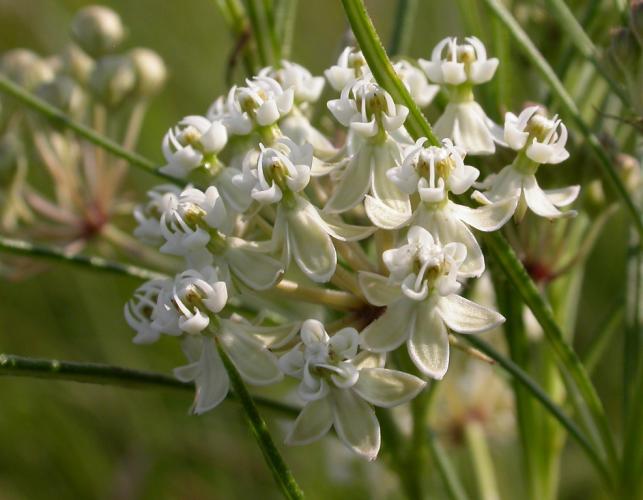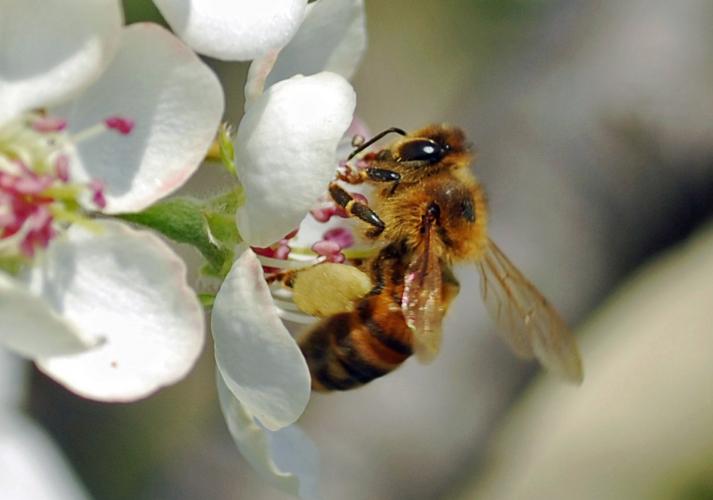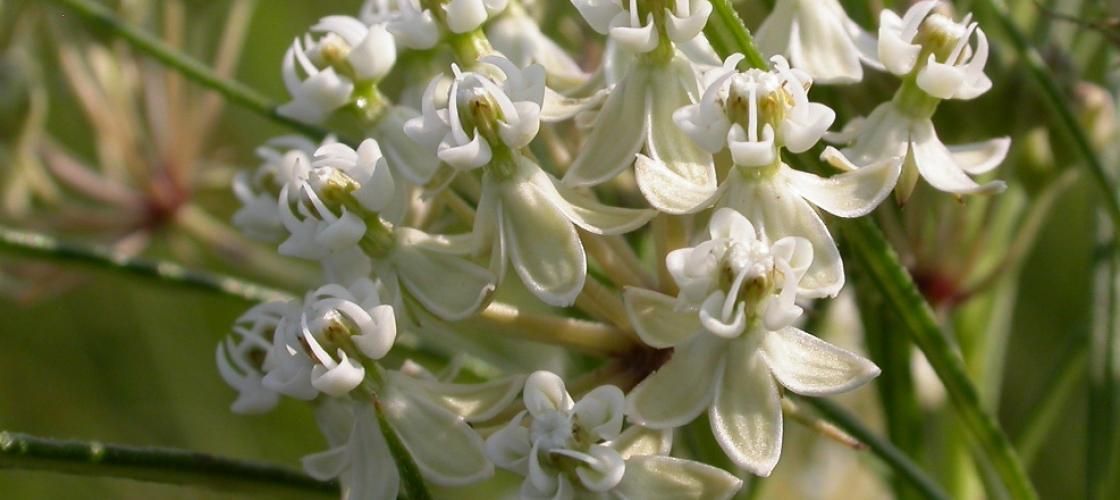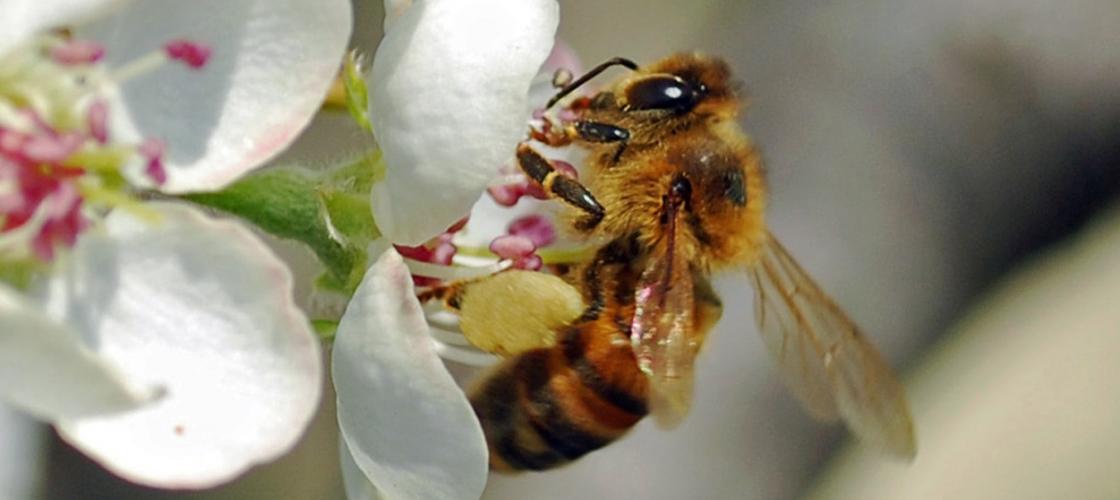Flowers add grace and beauty to our lives, and produce seeds for the plant’s next generation. But early plants had no flowers. In fact, flowers developed as insects used plants and plants used insects.
Like all living things, plants reproduce to ensure future generations. But because plants can’t move from place to place, they need a way to transfer pollen from one plant to another. Wind is a major pollinator, but it acts unselectively. Insects, on the other hand, pollinate flowers with precision.
The bright colors and strong fragrances of flowers attract insects. Once lured to the flowers, insects discover pollen and nectar. Bees, butterflies and other insects gather pollen and nectar to feed themselves and their young. As insects move from plant to plant, they transfer pollen from one flower to the next. Fertilization occurs, and seeds are formed.
Over time, flowers have developed colors, smells and shapes that successfully entice insects. At the same time, insects have developed features and behaviors that make them more effective pollinators. The change benefit plants by encouraging pollination. They benefit insects by making it easier for them to get food.
Plan Before You Plant
Here are top tips in getting your garden to successfully grow:
- Remove any competing weeds which will rob new seedlings of moisture and nutrients.
- Selecting the proper species for your site is one of the most important planting decisions you can make. Because a seedling obtains moisture and nutrients from the soil, matching the species to the type of soil on your property is necessary.
- Consider the amount of sunlight your growing site receives. Species such as flowering dogwood and downy serviceberry need shade. They will likely die if planted in full sunlight.
- When planting seedlings, consider the height and spread to which they will eventually grow and the primary use of the planting.
Get more tips, including a guide on spacing seedlings, with the MDC’s Planting Guide.




Recent Posts
























